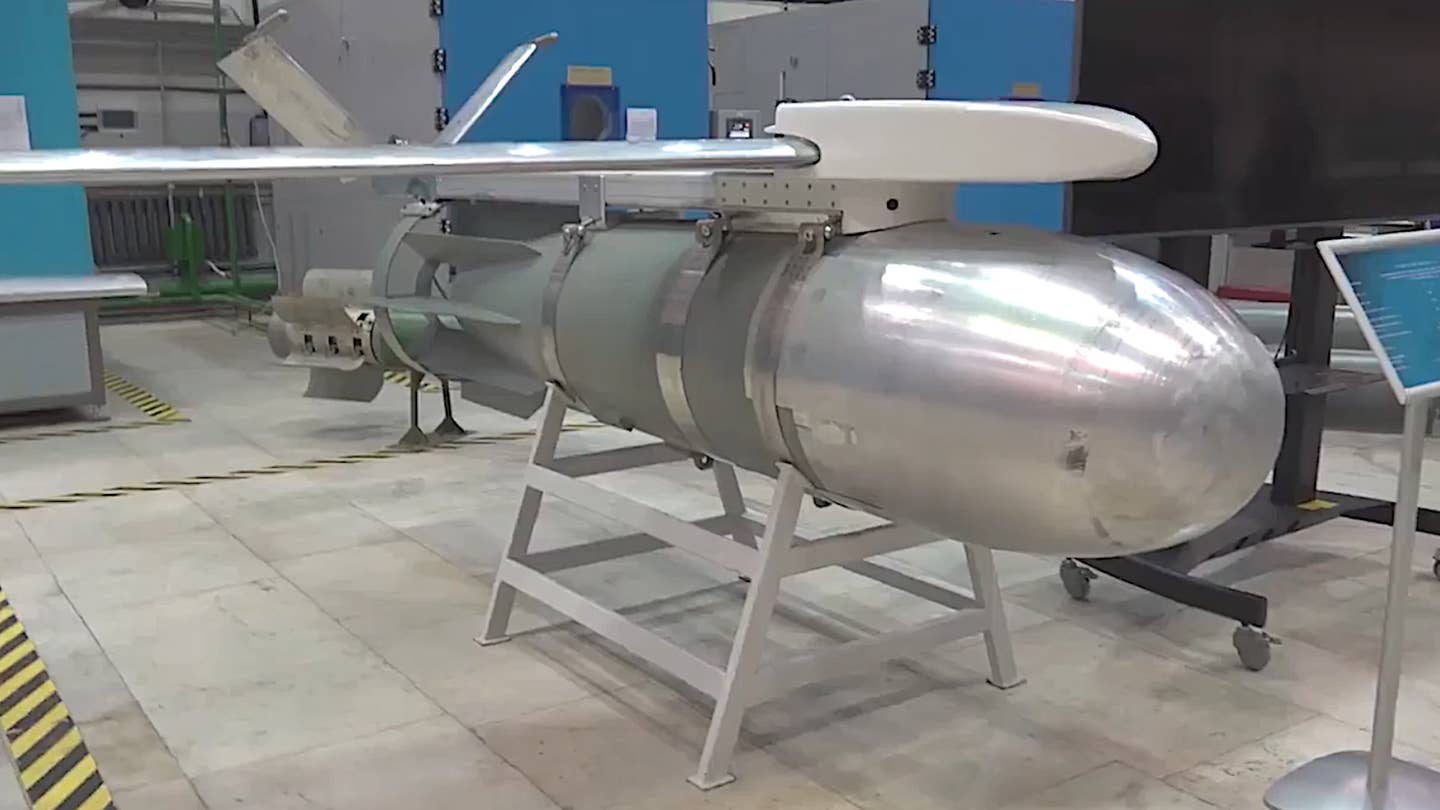SOURCE: RAUNAK KUNDE / NEWS BEAT / IDRW.ORG


India’s defence sector is witnessing a significant development with Munitions India Limited (MIL) gearing up for mass production of 1,000-pound thermobaric bombs. This move comes after a successful initial delivery of 500 units to the Indian Air Force (IAF) by the end of 2023.
Thermobaric bombs are a potent weapon, releasing a cloud of flammable liquid that explodes mid-air, creating a devastating blast wave and intense heat. This makes them particularly effective against fortified positions, buildings, and enemy personnel in open areas.
Drawing insights from the ongoing Russia-Ukraine war, MIL and DRDO (Defence Research and Development Organisation) are working on a game-changing addition – a glide kit for the existing 450kg bomb. This kit will extend the bomb’s range significantly, allowing it to glide up to 100 kilometres before striking its target. This enhanced capability offers greater strategic flexibility and potentially minimizes risk to delivering aircraft.
Thermobaric bombs are not just meant for offensive purposes. Their ability to create powerful shockwaves can be utilized to clear minefields, allowing for safer troop movement and humanitarian operations.
The indigenous development and production of thermobaric bombs mark a crucial step towards India’s self-reliance in the defense sector. This not only reduces dependence on foreign suppliers but also injects cutting-edge technology into the Indian Air Force’s arsenal.
The development of the 1,000-pound thermobaric bomb began in 2018 by HEMRL (High Energy Materials Research Laboratory). The successful completion of flight tests, including blast capability demonstrations, paves the way for its large-scale production.
NOTE : Article cannot be reproduced without written permission of idrw.org in any form even for YouTube Videos to avoid Copy right strikes. Websites doing illegal reproductions will get DMCA and Legal Notices.